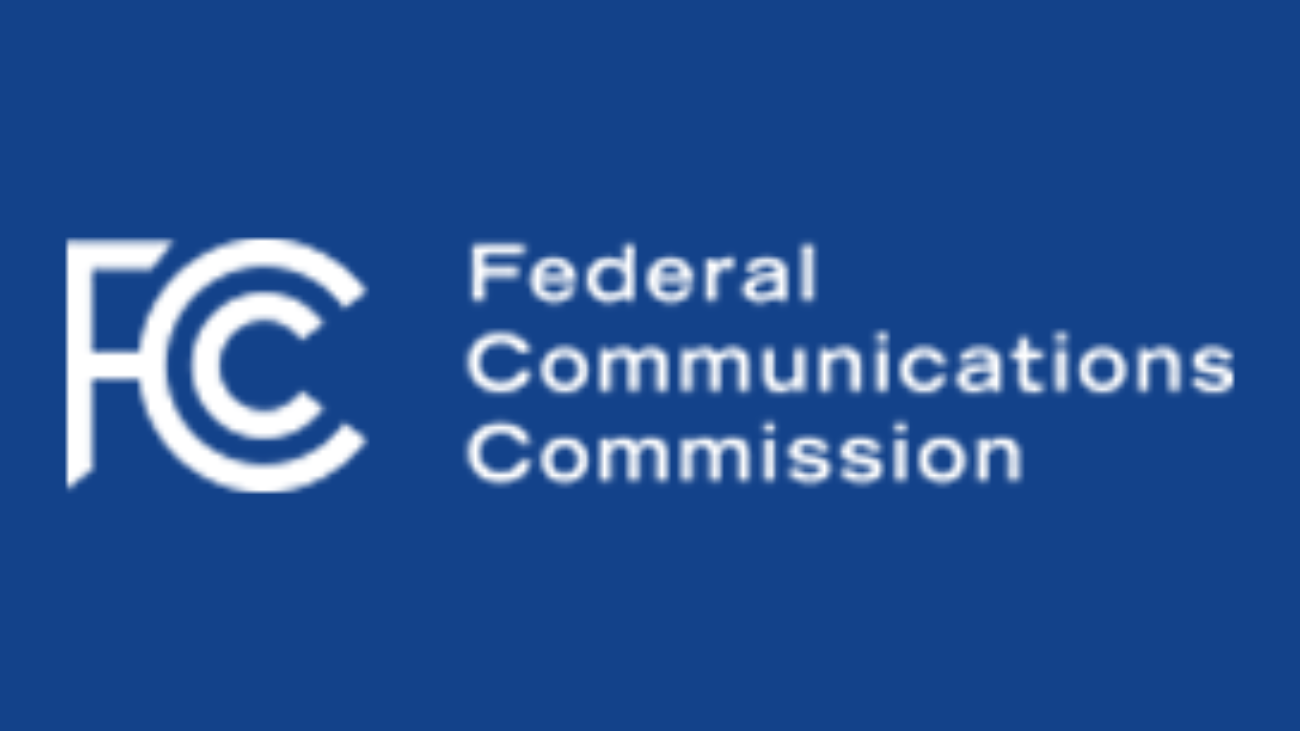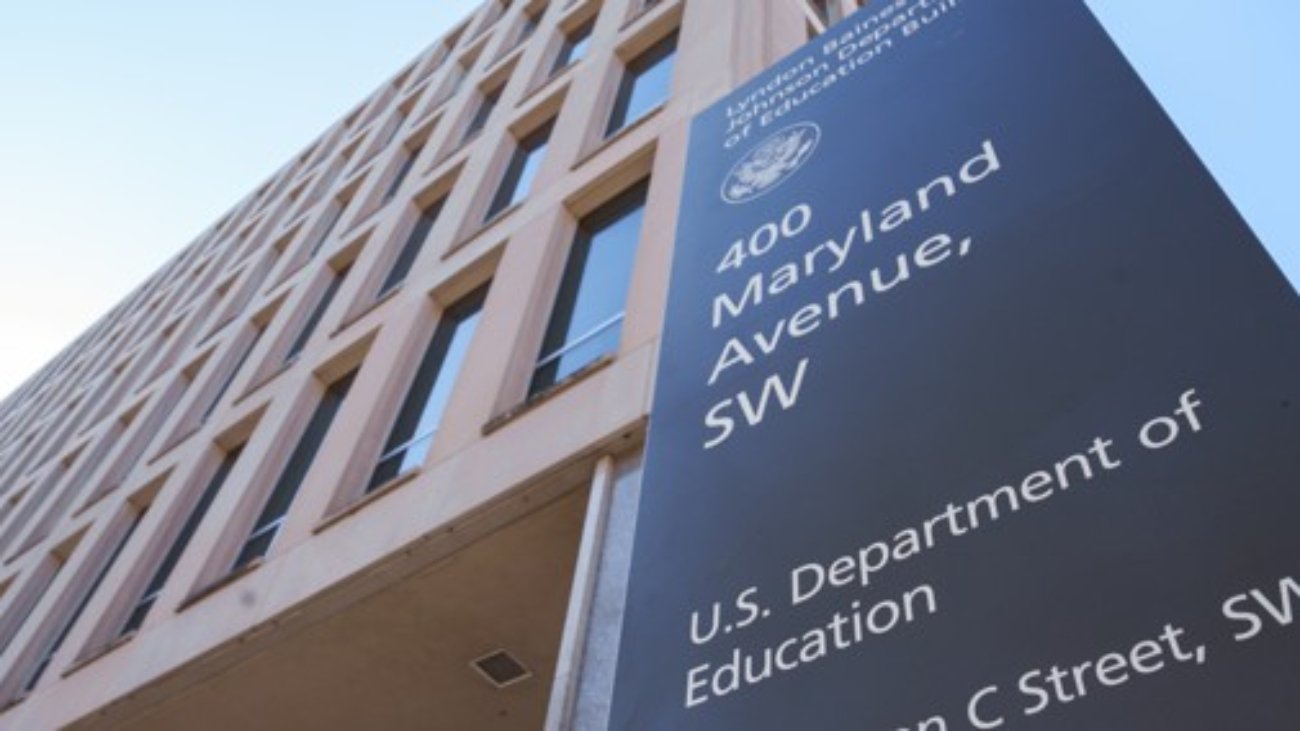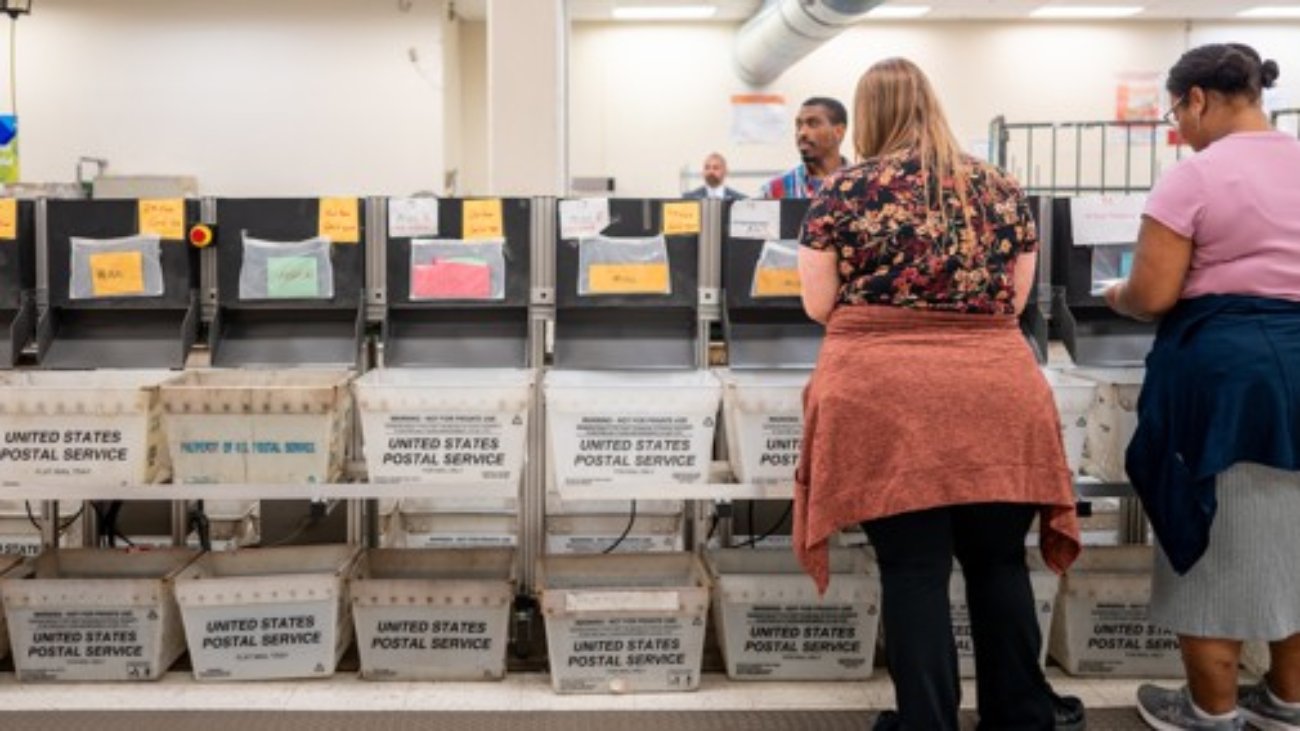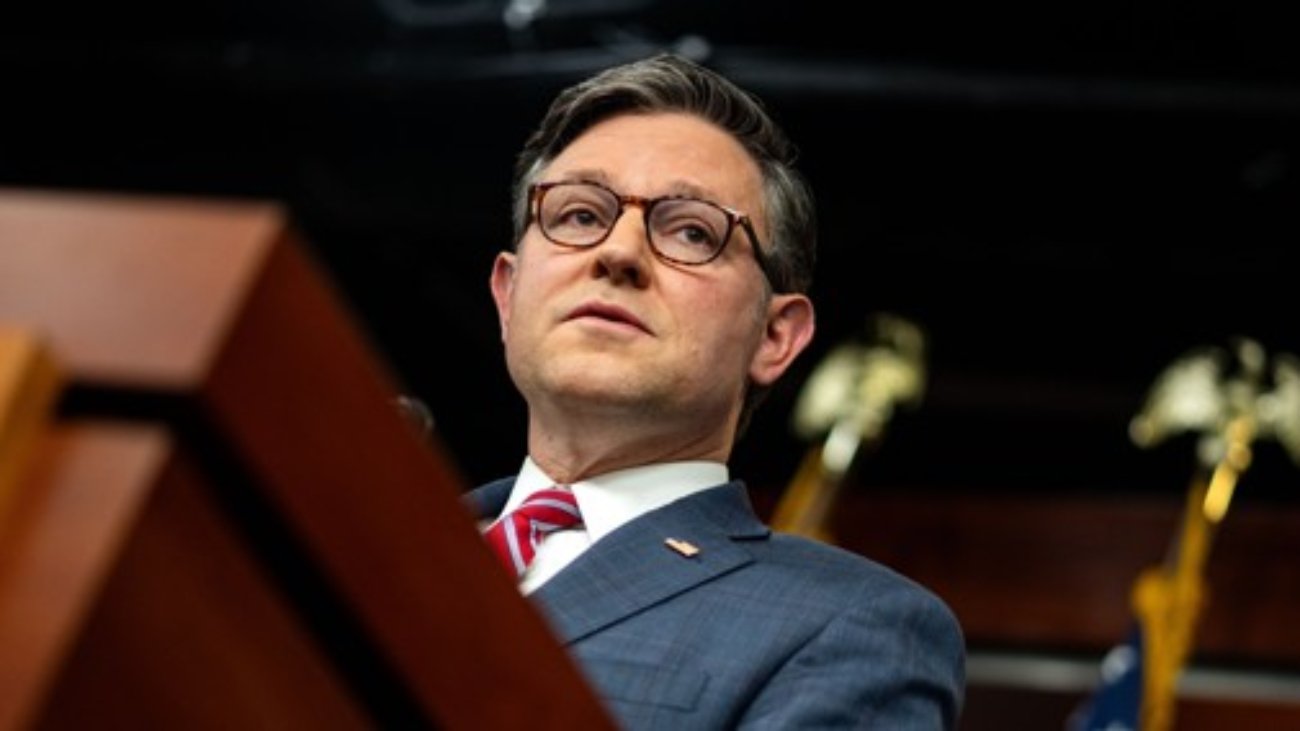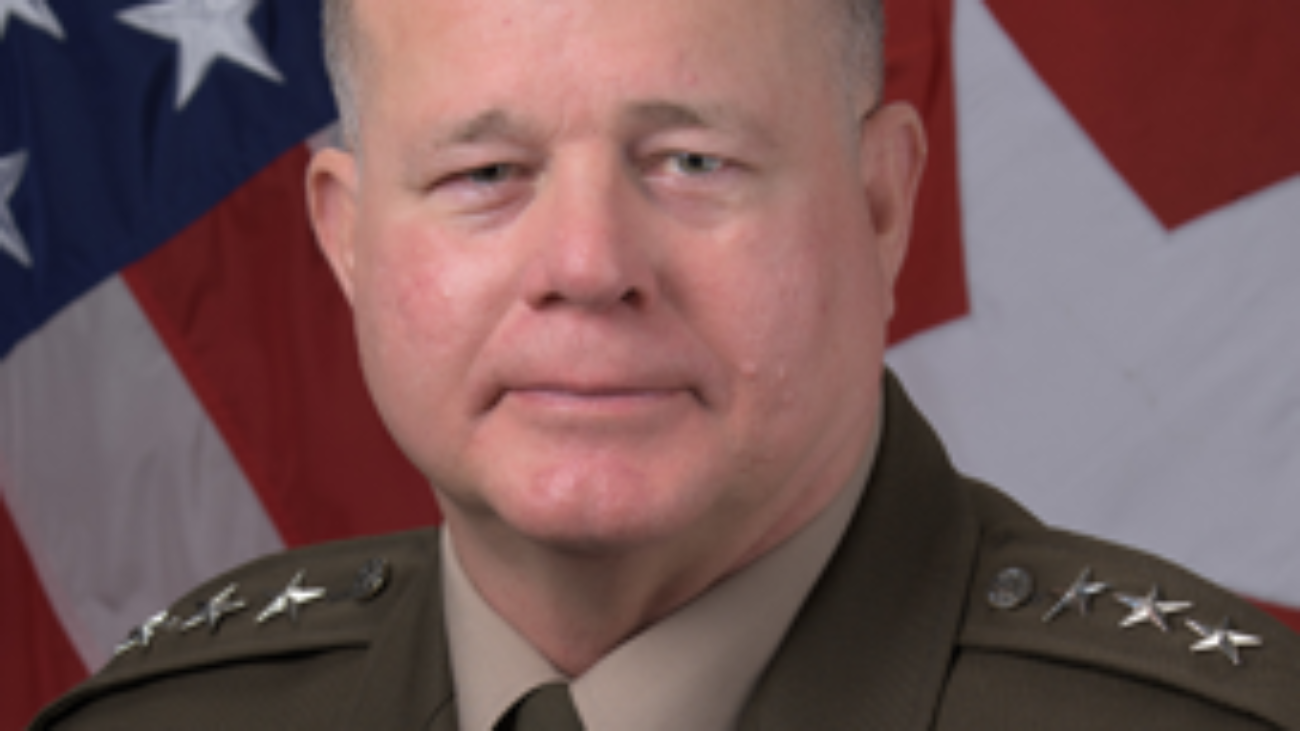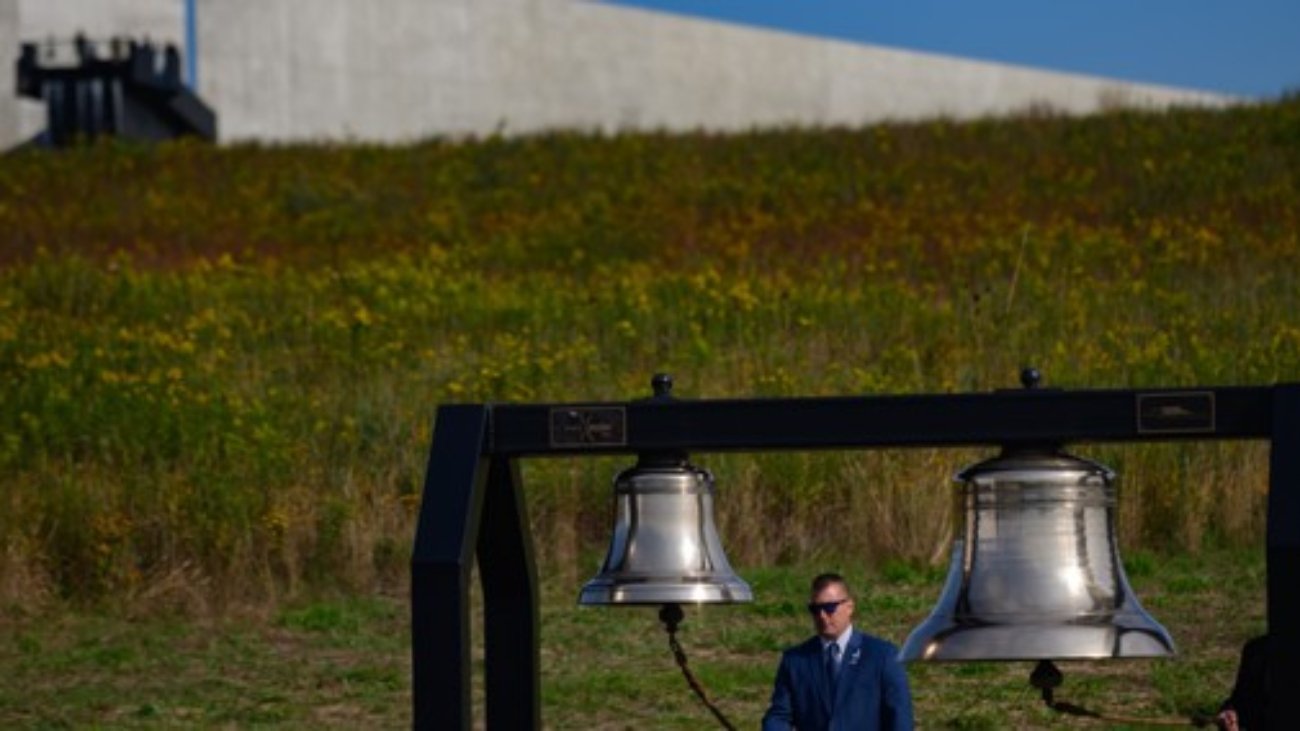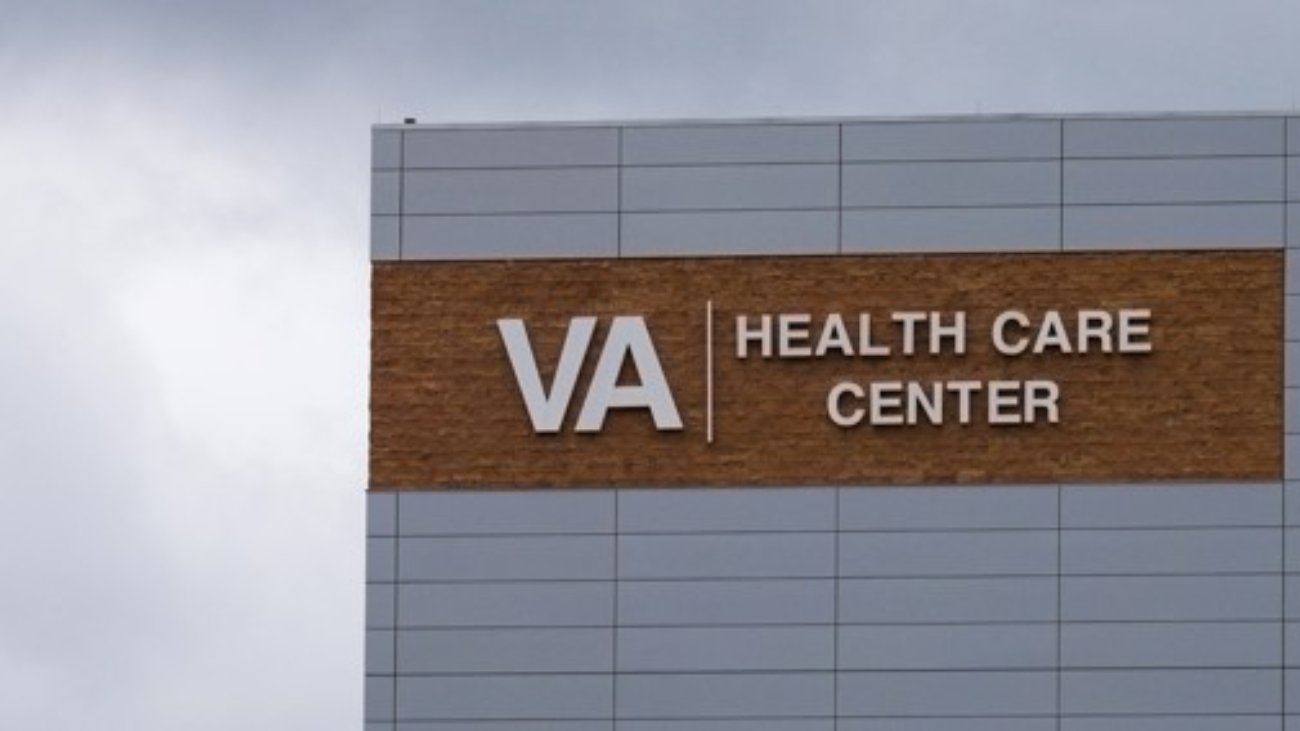A Veteran Affairs Department plan to hire more substance use disorder treatment staff medical centers to expand veteran access ended up with only a fraction of its intended goal, a report has found.
According to a Sept. 4 inspector general’s report, VA planned to launch a hiring initiative in fiscal 2022 after the Veterans Health Administration noted that “less than 30 percent of the approximately 520,000 veterans in VHA with substance use disorder diagnoses received care specific to this disorder in the prior year.”
The VHA received $96 million in funding targeted for the hiring initiative, with goals of hiring at least 1,062 new positions by the end of fiscal 2022, but the OIG found that the agency had only hired 310 by the first year and spent just about $8 million of the funding.
After distributing another $171 million to the hiring initiative fiscal 2023, VHA had only secured an additional 527 staff, the report found.
Another $156 million in available funding was not spent on the initiative at all, with the OIG estimating that VHA either allocated some of the figures to “allowable substance use disorder program purposes” not tied to staffing or returned it to the VHA finance office.
VA is proceeding with the hiring initiative, but the OIG warned that unless the department makes changes, it’s going to keep experiencing the same problems.
“If the issues identified in this report are not addressed and the program office receives the full $465 million requested to continue the initiative in fiscal years 2024 and 2025, VA again risks having specific purpose funds, intended for the hiring of behavioral health staff, used for other substance use disorder program needs, retained and used by medical centers for unspecified purposes or returned to the finance office,” the OIG wrote.
The report pointed to inadequate planning and a lack of detailed timelines as the principal challenges facing the initiative, as facility leads at the medical centers weren’t able to hire positions fast enough to meet the initiative’s goals.
The OIG said in the report that at 46 VA medical centers budgeted to hire 450 positions, they only obtained 71 new staff, in part because three of the centers didn’t begin recruiting until the end of fiscal 2022.
“The facility leads at these medical centers did not start developing the recruitment packages as soon as the positions were approved and had not submitted the recruitment packages to the human resources department within one month of a March 2022 memorandum directing them to hire immediately,” the report said.
Other challenges also facing the medical centers were another five hiring initiatives happening concurrently with the substance use disorder treatment plan — including suicide prevention and other programs — but with no indication as to which initiative should be given priority.
The OIG said there were also no indications in the report that VHA leaders had established mechanisms or put in place management responsibilities to help the medical centers fill the desired roles.
The report noted that the VHA’s operations office did not fully communicate the speed with which medical centers were expected to utilize the hiring initiatives funding, with planning guidance only directing the centers to fill the roles “expeditiously.”
“Program office staff told the review team that they did not provide detailed instructions for implementing the initiative because they believed this should be determined by medical center leaders,” the report said. “Further, the program office stated its role in implementing the initiative was limited to establishing the strategy for the initiative and setting the overall time lines for the hirings. Thus, the program office did not prescribe roles for medical center staff and deferred to local expertise to identify and align the hirings with their medical centers’ needs to accomplish the initiative’s strategic goal.”
The OIG offered three recommendations, including that the VHA finance office review the $14 million retained by the medical centers to ensure its proper allocation, that it strengthen controls over the designated specific purpose funds and that the VHA adequately define roles at all levels for the substance use disorder hiring initiative’s goals.
The agency concurred with all three recommendations and detailed plans to implement them.


